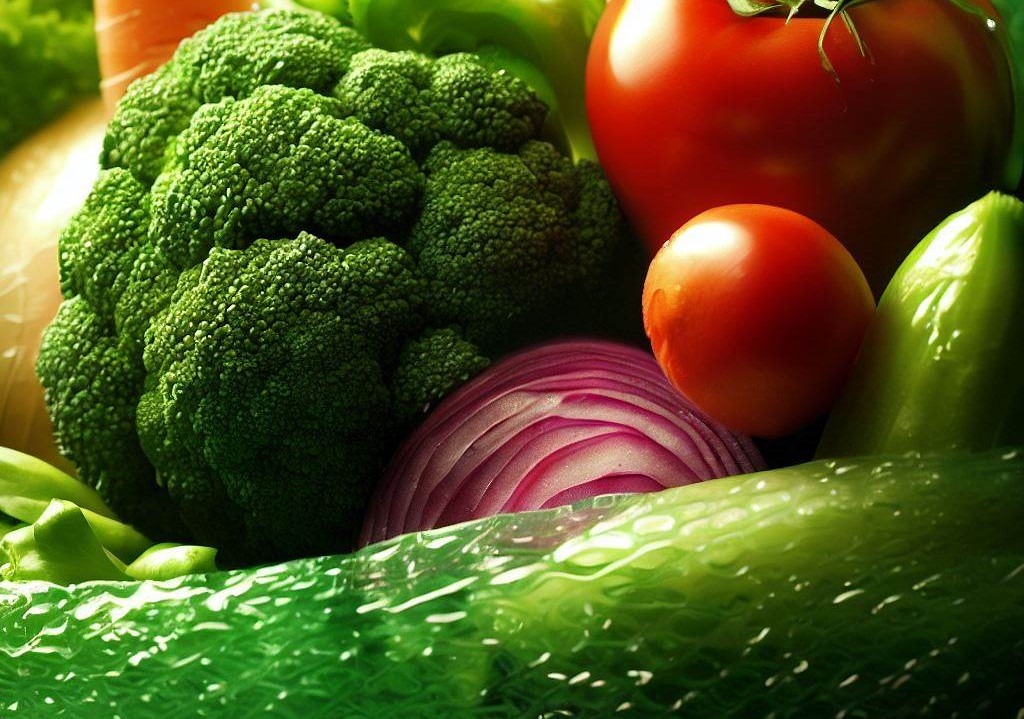
In the ever-evolving landscape of sustainable packaging, bioplastics have emerged as a game-changer in revolutionizing various industries, including parcel shipping. Bioplastics offer a unique blend of eco-friendliness and functionality, making them a promising alternative to traditional plastics. This article explores the concept of bioplastics as eco-friendly packing materials, delves into their various types, benefits, and challenges, examines their role in enhancing sustainable practices, navigates through regulations, provides a usage guide, and highlights leading companies providing bioplastic packaging solutions.
Understanding Bioplastics in Parcel Shipping: What Are Bioplastics?
Bioplastics are a category of materials derived from renewable sources, such as corn, sugarcane, and potato starch, as well as from agricultural and forestry waste. Unlike conventional plastics that are fossil fuel-based, bioplastics offer a more sustainable approach by reducing the dependency on non-renewable resources and mitigating the environmental impact of plastic waste.
Benefits of Using Bioplastics in Parcel Shipping
- Reduced Carbon Footprint: Bioplastics emit fewer greenhouse gases during production, contributing to lower carbon emissions compared to traditional plastics.
- Renewable Resource Utilization: Bioplastics utilize renewable resources, reducing the strain on fossil fuels and promoting sustainable resource management.
- Biodegradability: Some bioplastics are designed to break down naturally, reducing the persistence of plastic waste in the environment.
Types of Bioplastics Used in Parcel Shipping
- PLA (Polylactic Acid): PLA is a widely used bioplastic made from fermented plant starch (usually derived from corn or sugarcane). It is versatile and commonly used for packaging and disposable items.
- PHA (Polyhydroxyalkanoates): PHA bioplastics are produced by bacteria that feed on organic matter. They are biodegradable and can be used for various applications, including packaging.
- Starch-Based Bioplastics: These bioplastics are made from starch, usually derived from corn or potatoes. They are biodegradable and can be used for packaging, films, and coatings.
Benefits and Challenges of Using Bioplastics in Parcel Shipping
Benefits:
- Sustainable Packaging: Bioplastics contribute to reducing the environmental impact of plastic waste by utilizing renewable resources.
- Resource Conservation: Bioplastics decrease the demand for fossil fuels, conserving non-renewable resources.
- Versatility: Bioplastics can be molded into various shapes, sizes, and forms, making them suitable for different packaging needs.
Challenges:
- Biodegradation Variability: Biodegradation rates can vary based on environmental conditions, impacting the effectiveness of bioplastics as a waste solution.
- Limited Recycling Infrastructure: Not all bioplastics are compatible with existing recycling systems, potentially leading to confusion and contamination.
- Cost: Bioplastics can be more expensive to produce than conventional plastics due to the complexity of sourcing and processing renewable materials.
Bioplastics in Enhancing Sustainable Parcel Shipping Practices
Bioplastics play a crucial role in promoting sustainable parcel shipping practices:
- Reducing Carbon Emissions: By using bioplastics in packaging, shipping companies can contribute to reducing their carbon footprint and environmental impact.
- Minimizing Plastic Waste: Biodegradable and compostable bioplastics minimize plastic waste, especially in scenarios where packaging materials are disposed of.
- Promoting Circular Economy: Bioplastics can be designed to fit into a circular economy model, where materials are reused, recycled, or composted.
Regulations to Consider
When incorporating bioplastics in parcel shipping, it’s essential to navigate through relevant regulations:
- Biodegradability Certification: Some bioplastics have certifications indicating their biodegradability and compostability.
- Recycling Codes: Ensure that bioplastics are labeled correctly with recycling codes to prevent confusion in recycling systems.
Guide on Using Bioplastics in Parcel Shipping
- Material Selection: Choose the appropriate type of bioplastic based on the packaging requirements and desired end-of-life outcomes.
- Communication: Clearly communicate the use of bioplastics to customers and partners to ensure proper disposal or recycling.
- Compatibility: Verify compatibility with existing recycling and waste management systems in the shipping destination.
Companies Offering Bioplastic Packaging Solutions
Several companies are pioneering bioplastic packaging solutions for the shipping industry:
EcoEnclose – EcoEnclose offers a range of sustainable packaging solutions, including bioplastic mailers and bags.
NatureWorks – NatureWorks produces Ingeo™ biopolymers, which are used to create bioplastics suitable for packaging applications.
BASF – BASF provides a variety of bioplastic solutions for different industries, including packaging and logistics.
Bioplastics are reshaping the landscape of parcel shipping by offering a sustainable and innovative approach to packaging materials. With various types catering to different needs, bioplastics provide benefits such as reduced carbon emissions, renewable resource utilization, and enhanced circular economy practices. While challenges such as biodegradation variability and cost exist, the advantages of incorporating bioplastics into parcel shipping outweigh the drawbacks. By adhering to regulations, making informed material selections, and collaborating with reputable bioplastic packaging providers, shipping companies can contribute to a more sustainable and environmentally conscious future. Embracing bioplastics in parcel shipping is not just a trend but a transformative step towards minimizing plastic waste and promoting greener shipping practices.
